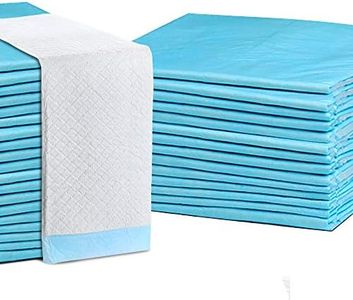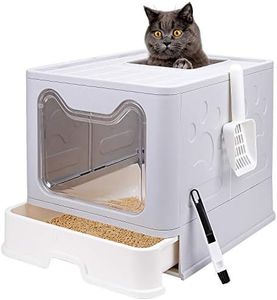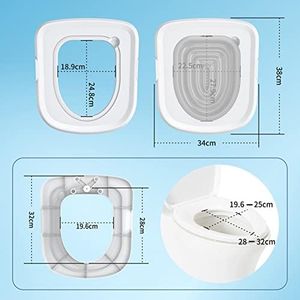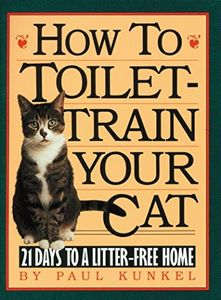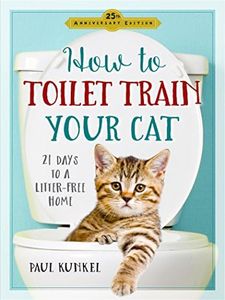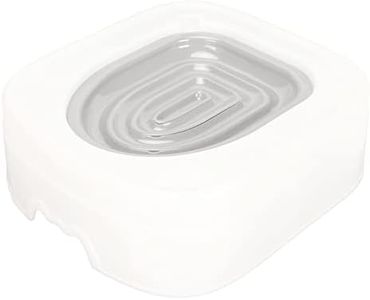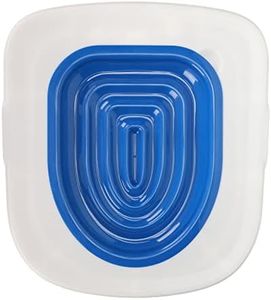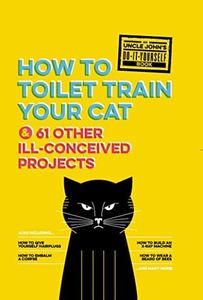We Use CookiesWe use cookies to enhance the security, performance,
functionality and for analytical and promotional activities. By continuing to browse this site you
are agreeing to our privacy policy
10 Best Cat Toilet Training
From leading brands and best sellers available on the web.Buying Guide for the Best Cat Toilet Training
Choosing the right cat toilet training system can make a big difference in how easily your cat adapts to using the toilet instead of a litter box. There are several training kits and aids available, each offering various features that can help make the transition smoother for both you and your cat. The most important thing is to focus on your cat’s needs, temperament, and your household’s daily routine. It’s also helpful to consider the installation process and how much time you can dedicate to training. By looking at a few key features, you can pick the best fit for your situation and help your cat make the switch as stress-free as possible.Training System StagesThis spec refers to how the training kit is structured in terms of steps or stages. Some systems come with multiple removable rings or levels that gradually decrease the amount of litter over time, while others might only have two or three transition parts. The more stages there are, the slower and more gradual the training process, which can be better for sensitive or cautious cats. If your cat is very adaptable, fewer stages may be sufficient. When picking a system, consider how easily your cat adjusts to new routines. If they’re sensitive to change, a kit with more levels and slower progression can lead to better success.
Training Tray Material and DurabilityThis refers to what the training trays or seats are made from and how sturdy they are. Strong, high-quality plastic is common and important because it needs to hold your cat’s weight safely, especially as the hole in the center gets larger. Cheaper materials might flex or crack, making your cat feel unsafe and possibly leading to training setbacks. For heavier cats or multi-cat households, look for sturdy, reinforced trays. Comfort and safety should guide your decision; a more durable material is almost always better for successful training.
Seat CompatibilitySeat compatibility describes whether the training kit will fit your toilet seat at home. Some kits are designed for standard round seats while others can adjust to fit elongated or variously shaped seats. It’s important because a poor fit can make the training tray slip or rock, causing your cat to mistrust the new setup. Before choosing a training system, check the shape and dimensions of your toilet seat and match them to the kit's listed compatibility. If you have an unusual toilet, pick a more flexible or adjustable system.
Ease of CleaningThis spec considers how simple it is to clean the training kit and parts during training. Easy-to-remove trays that don’t trap waste in hard-to-reach spots make for a more hygienic experience and save you time. Some designs have non-stick surfaces or smooth edges that help with quicker cleaning. If you’re busy or sensitive to odors, prioritize systems that advertise simple assembly and easy washing.
Instructional SupportInstructional support means how clear and helpful the included instructions or online resources are for using the kit. Some systems come with detailed guides, step-by-step videos, and troubleshooting advice; others may have only basic directions. If you haven’t toilet-trained a cat before, look for a kit known for thorough instructions. Good support increases your confidence and your cat’s chance of success.

